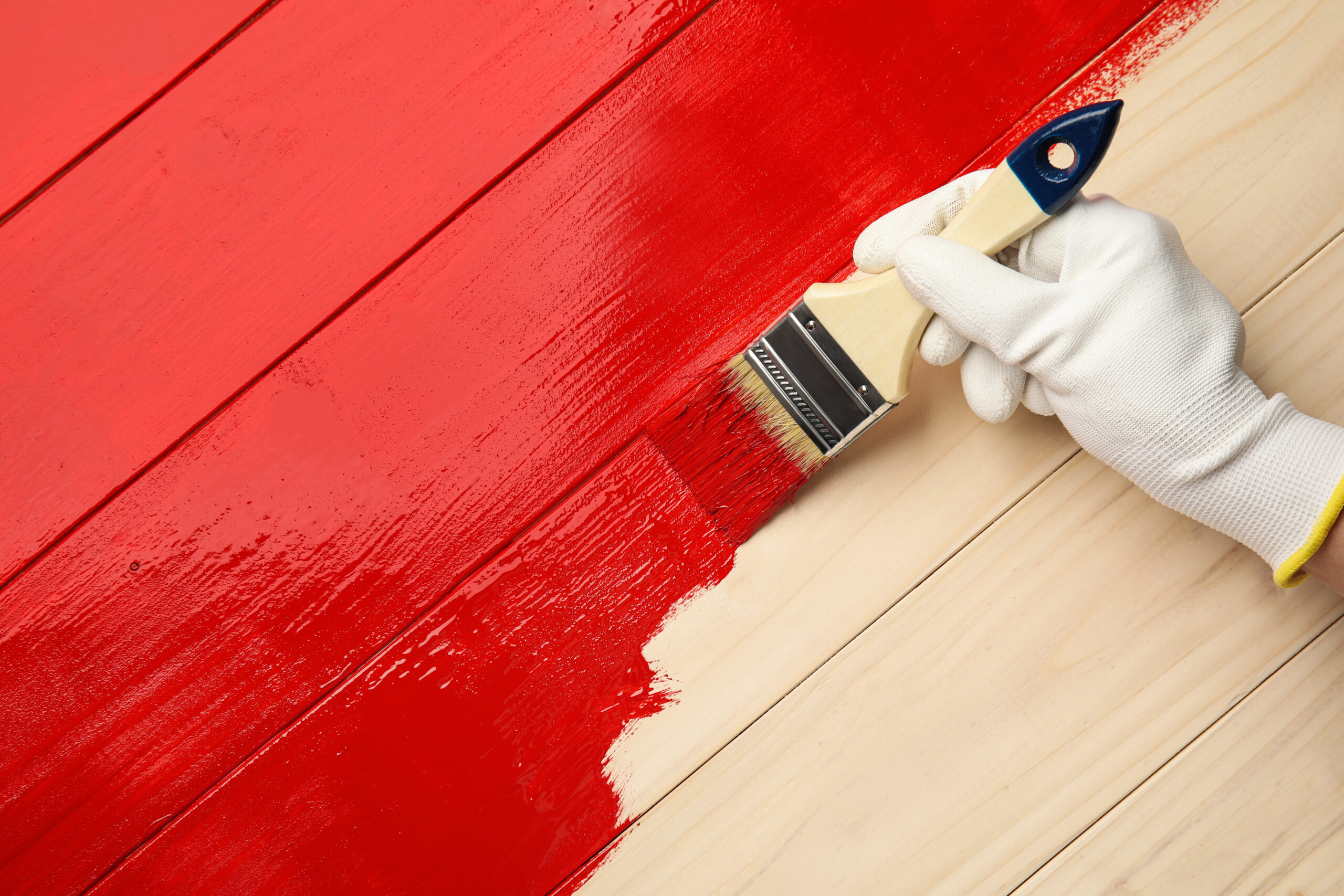It’s easy to assume all primers do the same job, but there’s quite a bit of difference when you look closely. Water-based primers, for instance, are often chosen for being safer to handle, less harsh on the environment, and surprisingly versatile across materials. They’re commonly used in manufacturing, construction, and industrial applications where performance and sustainability need to sit side by side.
There’s a bit of confusion out there between water-based and water-reducible primers – and, honestly, the distinction does matter. Water-based primers use water as their primary carrier, while water-reducible ones might still contain a decent chunk of solvents. Knowing the difference isn’t just academic – it can affect how a product performs or complies with your environmental standards.
Water-Based Primers Explained
At their core, water-based primers are surface preparation products that rely on water, not harsh solvents, to carry the active ingredients. That usually includes binders like acrylic polymers, pigments for coverage, and additives that fine-tune things like flow and adhesion.
They’re often picked for their lower odour, quicker clean-up, and fewer emissions, which ticks a few boxes for businesses under pressure to cut down on volatile organic compounds (VOCs). Still, it’s not just about environmental targets. These primers are dependable performers, especially when the right polymer backbone is in place. That’s where Rakem Group steps in.
We offer advanced polymers and coating additives, refined by thorough R&D testing programs, that help formulators achieve specific performance goals — whether it’s flexibility, faster drying, or long-term durability. These performance enhancements make water-based primers a solid starting point for a wide range of coating systems.
How Do Water-Based Primers Work?

So, what actually makes a water-based primer stick? Quite literally, it’s the polymers doing the heavy lifting. These binders, dispersed in water, form a film that clings tightly to the substrate (via mechanical, chemical or a combination of both modes), thus creating a stable base for topcoats to grab onto.
Here’s a simple breakdown of the key stages:
- Surface wetting – Careful selection of wetting additives enables the water-based primer to spread evenly over the substrate and displace air from pores and recesses
- Penetration – Additives help it sink in just enough to anchor the coating where it’s needed.
- Coalescence – As the water evaporates, the polymer droplets draw closer and start fusing together.
- Film formation – A continuous, durable layer forms, locking everything in and providing the perfect base for topcoats.
The polymer type and additive blend influence how well this process plays out. With the right formulation – and that’s where Rakem’s expertise matters – performance can be adjusted to suit specific surfaces or end-use demands.
Types of Surfaces Suitable for Water-Based Primers
Water-based primers are surprisingly versatile, and in many cases, they’re more forgiving than their solvent-based counterparts. That said, surface compatibility can make or break the finish, so it’s worth knowing where they really shine.
They tend to work best on:
- Wood – Ideal for porous materials; they seal the grain well and dry quickly.
- Plaster and drywall – Common in construction and refurbishment projects; adhesion is usually excellent.
- Concrete and masonry – As long as the surface is dry and dust-free, primers settle in smoothly and help prevent efflorescence.
- Metals – With the right additives, water-based systems can work well on non-ferrous metals like aluminium, though surface prep matters.
- Plastics – More niche, but achievable if the primer is formulated with flexibility and grip in mind.
Compared to solvent-based options, water-based primers are often the safer, cleaner route – but they’re not always the best fit for oily, high-gloss, or moisture-prone surfaces.
Performance Characteristics of Water-Based Primers
Water-based primers aren’t just an environmentally safer option – they’re seriously capable when matched with the right formulation. Their performance tends to be defined by a handful of core strengths:
- Ease of application – Usually low-odour, with a smoother spread than solvent-based types.
- Drying time – Fast enough to keep production or painting schedules on track.
- Durability – With the right polymer structure, they hold up well under wear, especially indoors.
- Environmental impact – They tick plenty of sustainability boxes, including reduced VOCs and safer disposal.
Here’s how they line up against other common primer types:
Primer Type | Durability | Dry Time | VOC Level | Surface Compatibility |
| Water-based | High | Fast | Low | Broad (most surfaces) |
| Solvent-based | Very High | Moderate | High | Excellent |
| Shellac-based | Medium | Fast | Moderate-High | Niche (especially stains) |
For companies under pressure to improve green credentials, eco-friendly primer solutions like these are a practical step, and one that doesn’t compromise on results.
Considerations and Limitations
Water-based primers do a lot right, but like any product, they’ve got their limits. Performance can take a hit in colder conditions, for example. These primers typically rely on evaporation to dry, and in damp or low-temperature environments, that process slows right down.
They also tend to struggle with surfaces that are very glossy, oily, or contaminated with wax. Without proper surface prep, adhesion might be weak or patchy. In heavy-duty industrial settings where chemical resistance or extreme durability is non-negotiable, solvent-based options could still be the safer bet.
That said, many of these limitations can be worked around with smart formulation. Rakem’s polymer expertise helps clients fine-tune their primer blends to reduce these trade-offs, pushing performance where it matters most.
Key Ingredients
| Additive Type | Role in the Formula | Why It Matters |
| Acrylic polymer | Film-forming binder | Drives adhesion, flexibility, durability and gloss appearance. |
| Coalescent | Helps particles fuse together | Influences drying in cooler environments and ultimately the dry film quality. |
| Surfactant | Various | Ensures even coverage, good flow, penetration into the substrate and various other benefits. |
| Thickener | Controls viscosity | Improves application properties and product stability. |
| Anti-foam agent | Reduces air entrainment | Helps achieve a smooth, uniform appearance and consistent product density |
Where to Find Water-Based Primers
Finding a primer is easy. Finding one that works under pressure, meets compliance, and doesn’t cut corners? That’s a bit more involved. What really matters is the formulation, and that starts with sourcing quality raw materials.
At Rakem Group, we not only supply advanced polymers and formulation additives for primers, but we can also offer bespoke formulation and manufacturing capability so you can achieve your goals for a high-performing water-based primer. Whether you’re developing a new range or refining an existing one, we offer technical support and reliable supply as standard.
Contact us to find out how we can help.
